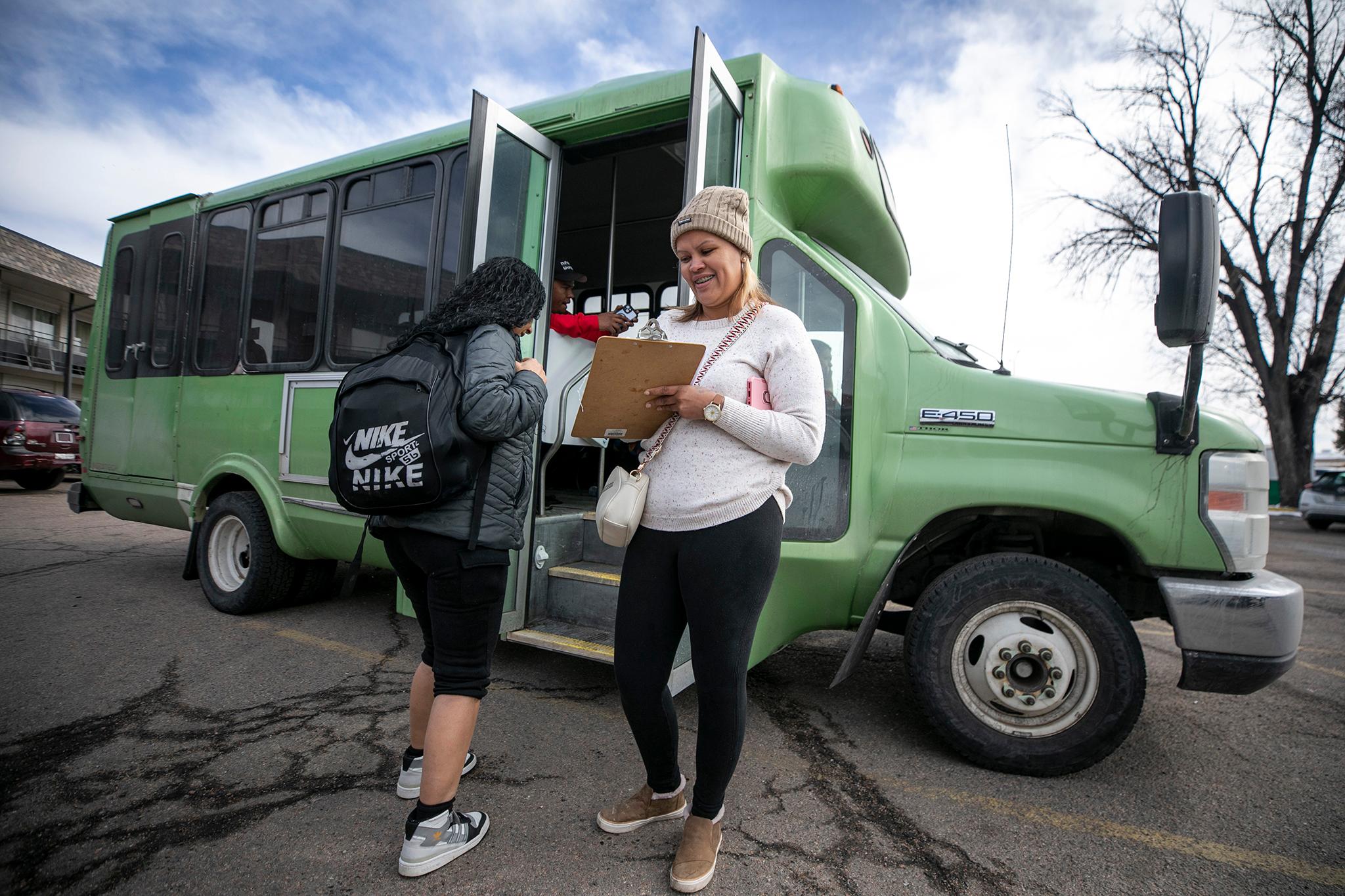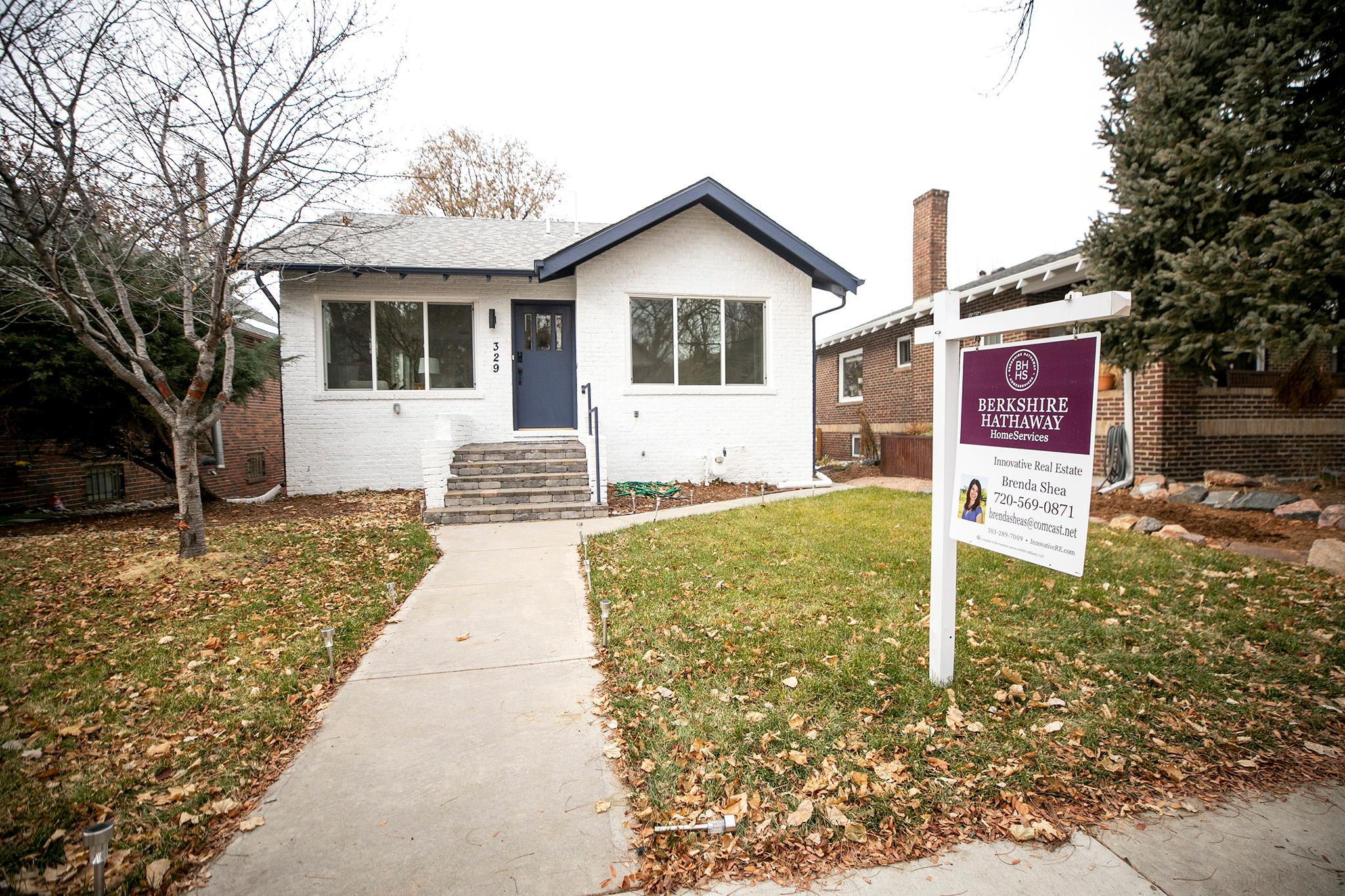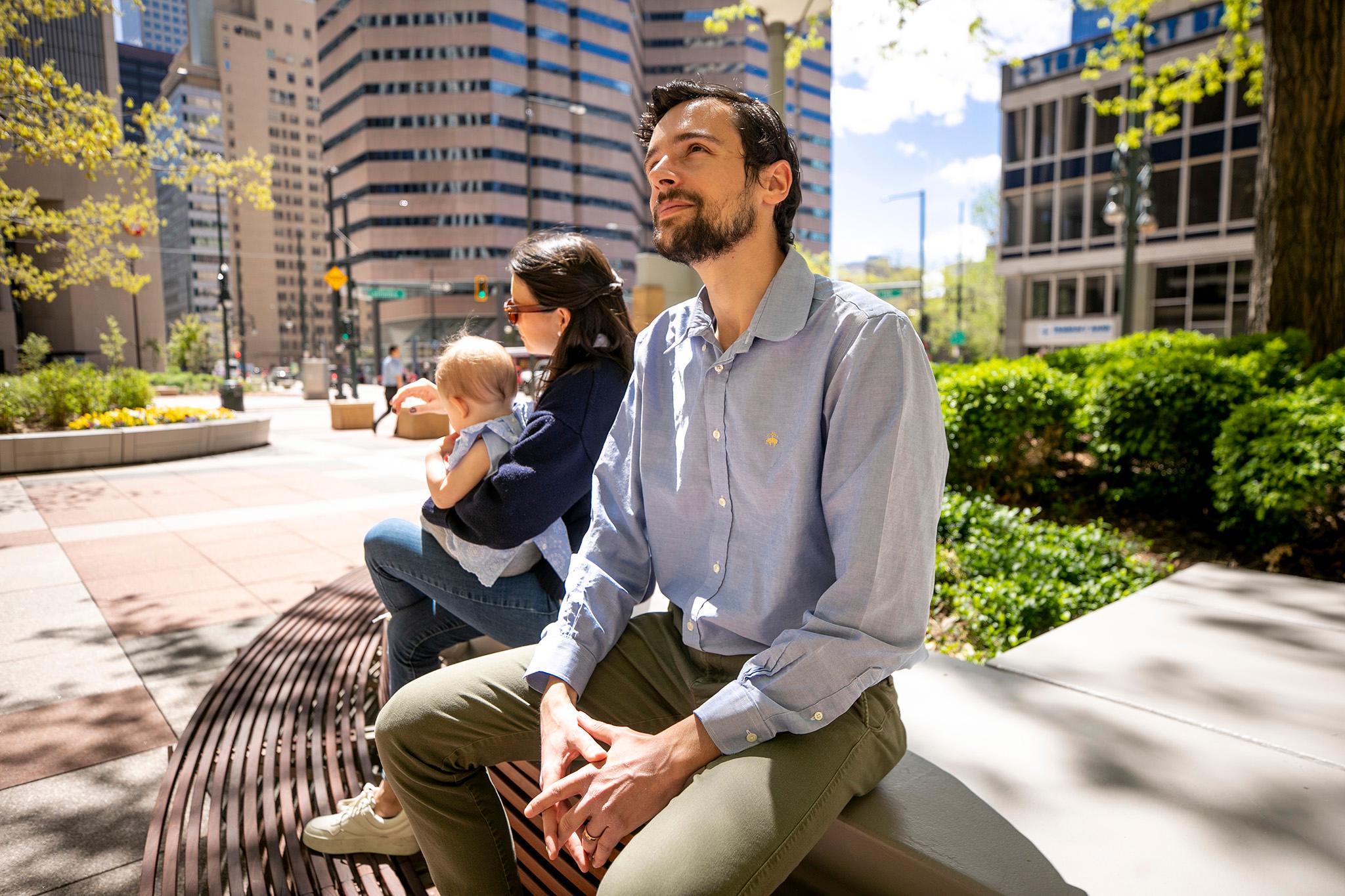Denver’s new migrant response program is up and running, but councilmembers worry about communication efforts and those not eligible for the program.
City Councilmembers in Wednesday’s Safety and Housing committee received an update on the new Denver Asylum Seeker Program, or DASP, which launched on April 10.
The program moves the city away from emergency sheltering measures to what the city says will be a money-saving and proactive approach of focusing on long-term housing, rent and food assistance and job training for six months. New immigrants qualified for the program if they were in the shelter system on April 10 and didn’t have either temporary protected status or a CBP One application.
During committee, Sarah Plastino, head of the Newcomer Program with Denver Human Services, said about 800 people qualify for the program. Currently, they are being sheltered in either hotels, a transitional housing program or at the Mullen Home.
Initially, when Mayor Mike Johnston announced the new policy change, he said the cap on the program would be about 1,000 people. However, city officials said once they counted who was in the system and who was eligible, that number decreased.
With the eligible new immigrants accounted for, Plastino said the city will begin moving folks into housing and into the workforce program, called WorkReady Denver.
So, how will this happen?
During the Safety committee meeting and during the Business, Arts and Workforce committee meeting, councilmembers approved two proposed contracts working on both facets. Safety committee members approved a $1,369,504 contract between the city and ViVe Wellness to provide case management services, which includes helping new immigrants find housing. While Business committee members approved a $2,250,000 contract with Centro Humanitario Para Los Trabajadores to provide workforce training.

Both proposed contracts will go before the full council next month.
Plastino said with the housing portion of the project, the city expects that they need 250 rental units. Currently, there are three nonprofits working with families who are receiving state funding to provide initial rental housing costs, such as first month’s rent and deposit. Those three nonprofits are ViVe, Papagayo and Village Exchange Center.
That funding from the state is set to end in June. Once that’s done, the city will provide six months rent through a nonprofit that hasn’t been decided on yet.
Yoli Casas, executive director of ViVe, said there are about 175 families, which is about 85% of the 800 newcomers in the program.
So far, Casas said about 11 families in the asylum program have already been moved into housing.
For individuals who need housing, Plastino said ViVe will provide the upfront rental assistance through the proposed contract, they will also then receive six months of assistance. Casas added that the plan to house individuals is to, hopefully, group them together.
“Individuals are going to, hopefully, come together as friends two or three or four at a time and that's how they lease their apartments,” Casas said during committee.
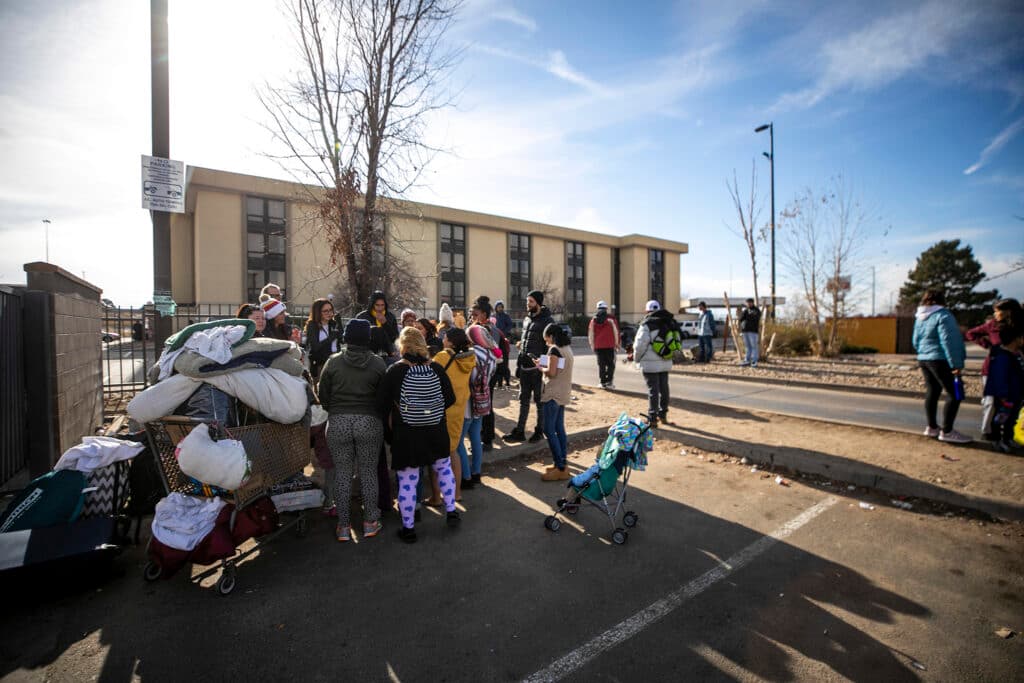
On the workforce side, the contract will assist at maximum 500 people with the goal of preparing this group to enter the workforce while they wait for work authorizations. The city has already compiled a list of companies ready to employ the new immigrants once their authorizations are received.
While the housing and workforce portion of the program was understandable, councilmembers questioned overarching issues with the asylum programs.
Council asked what happens with people who don’t qualify for the program.
According to Plastino, anyone who arrived after April 10, or anyone who left the shelter system beforehand for whatever reason, don’t qualify.
Since December 2022, more than 41,000 new immigrants have come to Denver. The city has repeatedly said about half of the newcomers stayed in the city or somewhere in Colorado.
From April 11 through 24, about 355 people arrived in Denver. According to the Newcomer dashboard, about six people are currently in short-term shelter. The city doesn’t keep track of where people go once they leave the system.
The city added that in that timeframe about 313 migrants were given transportation tickets to other places. It’s unclear how many of those people either arrived in the past weeks or were here and looking to relocate.
Councilmember Sarah Parady questioned whether the city was keeping track of the new immigrants they helped prior to the implementation of the program, especially whether they need rental support. She also asked whether the newcomer budget allocated funds for this previous group, again for rental support. Parady added that if this wasn’t the case, families would seek support from programs such as Temporary Rental & Utility Assistance, which comes from city dollars.
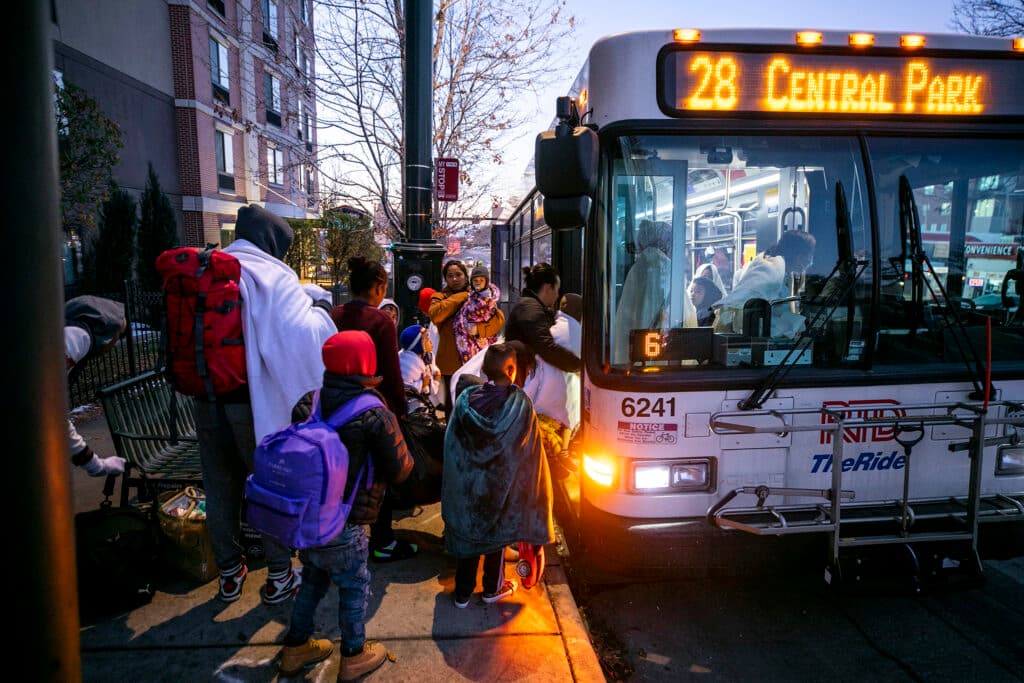
Plastino said the budget doesn’t account for that. Anyone who received help getting into housing prior to the implementation of the asylum program won’t be receiving any additional rental assistance.
“We're not going to extend the rental assistance that the state provided to those families. We're not going to extend hotel sheltering, et cetera for that group,” Plastino said. “We are evaluating the impact of the increase in population in Denver as a result of newcomers settling in our communities and the impact that that new population increase has on different social services needs that the city provides, including TRUA,... and other parts of the city that [are] impacted by an increased demand for those services as a result of the increase in population from newcomers.”
Plastino added that an eviction working group is currently being launched to monitor evictions within the newcomer group as a whole.
Councilmembers Flor Alvidrez and Darrell Watson questioned the city’s effort in dispersing information about the program.
Watson asked for more details on how the city was sharing information with border cities such as El Paso. Initially, the city sent two DHS employees to El Paso to share the program changes and make known that long-term emergency shelter measures were no longer an option.
Plastino said the city is sending another employee back to El Paso for about a month to continue spreading the word. Jon Ewing, a spokesperson for DHS, added that the employee will also learn what new immigrants are being told in El Paso and make sure misinformation isn’t being spread.
As of April 24, and since the start of the program, 22 buses have arrived in Denver from Texas. That number was around 25 in March.
Alvidrez said faith leaders and nonprofits not associated with the city contracts felt out of the loop when the program was announced. Plastino said the city kept the program close to the chest, sharing information with only the nonprofits involved, to avoid an influx of new immigrants arriving and trying to beat the deadline for eligibility.
Alvidrez said she understood but worried about the “new” 72-hour shelter measures. For new immigrants who arrive after the start of the program, they are either given a ticket to relocate or they can go into the city’s regular shelter method, which is a stay of up to three days.
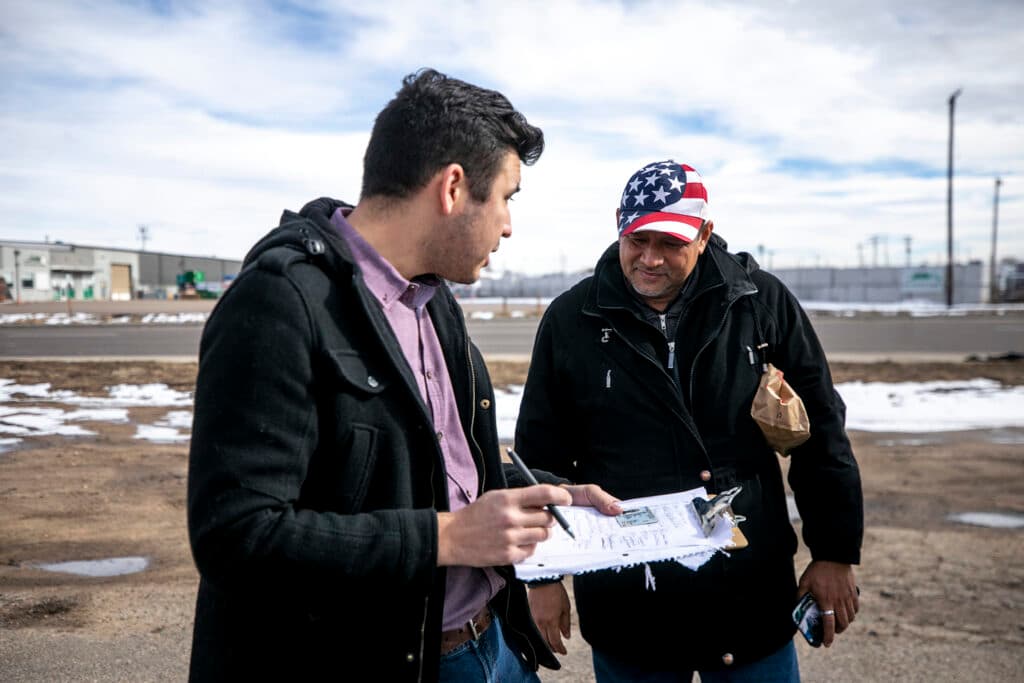
Once those three days are over, they are removed from the shelter. Alvidrez said this was a cause for concern for faith leaders and nonprofits. Several nonprofits, including The American Friends Service Committee, previously said ending the short-term sheltering will lead to homelessness and disrupt the system that was painstakingly implemented by nonprofits.
Plastino said the city is doing everything they can to prevent homelessness. That includes spreading the word to El Paso and continuing navigation counseling.
“There is going to be a transition phase while people learn of our new policy…I think that's the tough situation we're in currently with the transition is that people are still arriving expecting shelter,” Plastino said. “We're trying to do everything we can on prevention with respect to getting the word out about our policy and then providing navigation and the tools people need to make a plan once they arrive, if they are caught off guard.”
Plastino said other efforts include making sure people go through the reception site so they are accounted for and providing street outreach to encampments that developed over the last week. She added that during that outreach, families were asked if they wanted to go into a congregate shelter and receive case management but the families didn’t accept the offer.
In the newcomer budget, $10 million was also set aside as a contingency if the city sees an influx of new immigrants.
The major question, and one that remains unknown, is who will be the other nonprofits providing rental assistance and food provisions.
Councilmember Amanda Sandoval asked whether the city could provide more information on who the potential nonprofits would be, where is the money coming from for these services and when will the contracts be presented in committee and the full council.
Plastino said a request for proposal is currently being worked on to see which service providers will be handling the other portions of the program. For now, it’s a waiting game.

